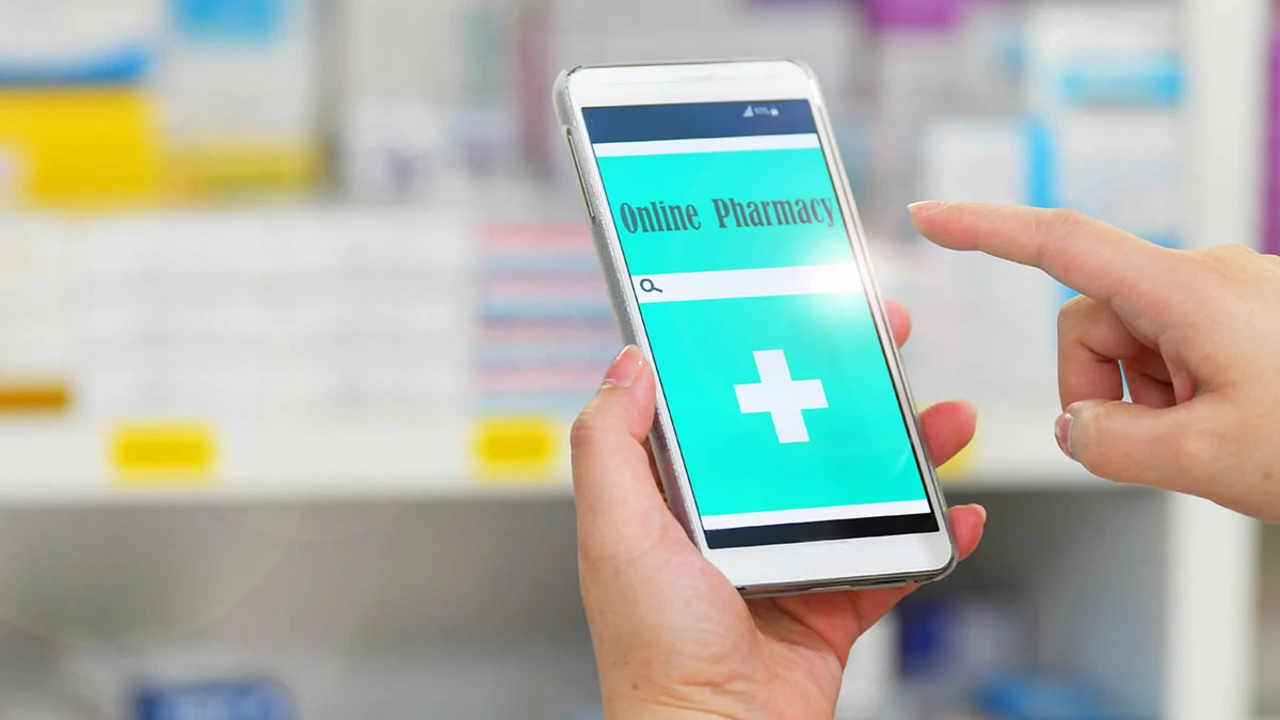Hi everyone, I've got some exciting news to share today! If you're a regular at the online pharmacy doctorsolve.com, there are now voucher codes available that can help you save on your medications. These discount coupons are your ticket to affordable healthcare straight to your doorstep. So folks, let's make the most out of our online shopping experience and stretch our budgets further with these handy deals. Catch my latest review on how you can benefit from them soon!
Medication savings: Smart ways to cut drug costs
Prescription prices swing wildly between pharmacies. One drug can be $20 at one store and $180 at another. Start by comparing prices — use price-comparison sites, discount apps, or call pharmacies directly. Checking a few options often cuts costs a lot without changing your medication.
Ask your doctor for cheaper alternatives. Generic versions work the same for most people and cost a fraction of brand-name drugs. If a different drug class could work, ask about it. Sometimes switching to a nearby therapeutic alternative saves money and keeps treatment effective.
Use coupons and manufacturer programs. Many companies offer copay cards or online coupons that lower the out-of-pocket price. Pharmacy discount cards and browser extensions can apply savings at checkout. For chronic meds, look for manufacturer savings or patient assistance programs — eligibility rules differ, but many patients qualify.
Buy longer supplies when it makes sense. A 90-day supply often reduces per-dose price and cuts shipping or trip costs. Mail-order pharmacies can be cheaper for ongoing medications, but compare total costs including shipping and handling. Make sure your insurer covers the quantity before switching.
Join prescription savings clubs or discount plans. Some memberships bundle discounts across many medications and may beat retail prices. Check the list of participating pharmacies and read member reviews. If you use a lot of prescriptions, membership plans often pay for themselves quickly.
Watch for safety when shopping online. Use only licensed pharmacies and require a valid prescription. Avoid sites that sell controlled drugs without a prescription or offer unrealistically low prices. Trust seals and verified online pharmacy checkers help—if it looks too good to be true, it probably is.
Talk to your pharmacist. They know cheaper equivalents, available samples, and ongoing coupons. Pharmacists can also suggest dosing tricks like pill-splitting where safe and legal, or syncing refill dates to reduce wasted medicine. They compare prices across chains and local shops every day.
Check government and nonprofit programs. Medicaid, Medicare Extra Help, state drug programs, and nonprofit foundations can cover or lower costs for eligible people. For expensive specialty meds, ask about manufacturer compassion programs or charity grants.
Be flexible with timing. Drug prices and coupons change. Before refilling, check prices again, especially after generic launches or seasonal promotions. Simple timing can save a surprising amount.
Resources on this site cover safe online pharmacies, membership clubs, and coupon alternatives. Browse articles like "Prescription Savings Clubs: 2025's Best Membership Programs" and "Top 9 Alternatives to GoodRx" for detailed guides and real-life tips.
This is practical, no-nonsense advice you can use right now to cut prescription bills without risking your health.
Quick checklist: price-compare before you buy, ask for generics, try 90-day supplies, enroll in a savings club, verify online pharmacies, and call your pharmacist when unsure. Bookmark a few comparison tools and check prices every refill. If a medication is still unaffordable, contact the manufacturer or a patient advocacy group—they often have programs you won't find on retail sites. Save smart today.

